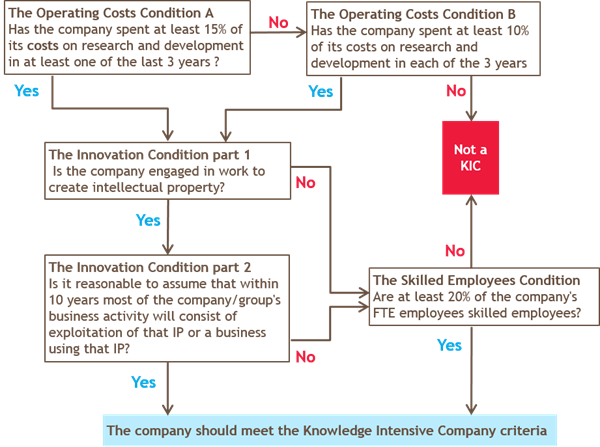Raising finance through EIS and VCTs – a guide for companies
Raising finance through EIS and VCTs – a guide for companies
The Enterprise Investment Scheme (EIS) and Venture Capital Trusts (VCTs) help unquoted businesses raise equity finance by offering investors a range of tax incentives. There are limits on how much can be raised through these schemes and qualifying criteria for companies. This is a guide for companies planning to use the schemes. Read more about the benefits to investors of EIS, SEIS and VCTs.
Our experts in equity finance help both companies and investor make full and proper use of the tax incentives. They would be delighted to talk to you about your plans under these schemes.

